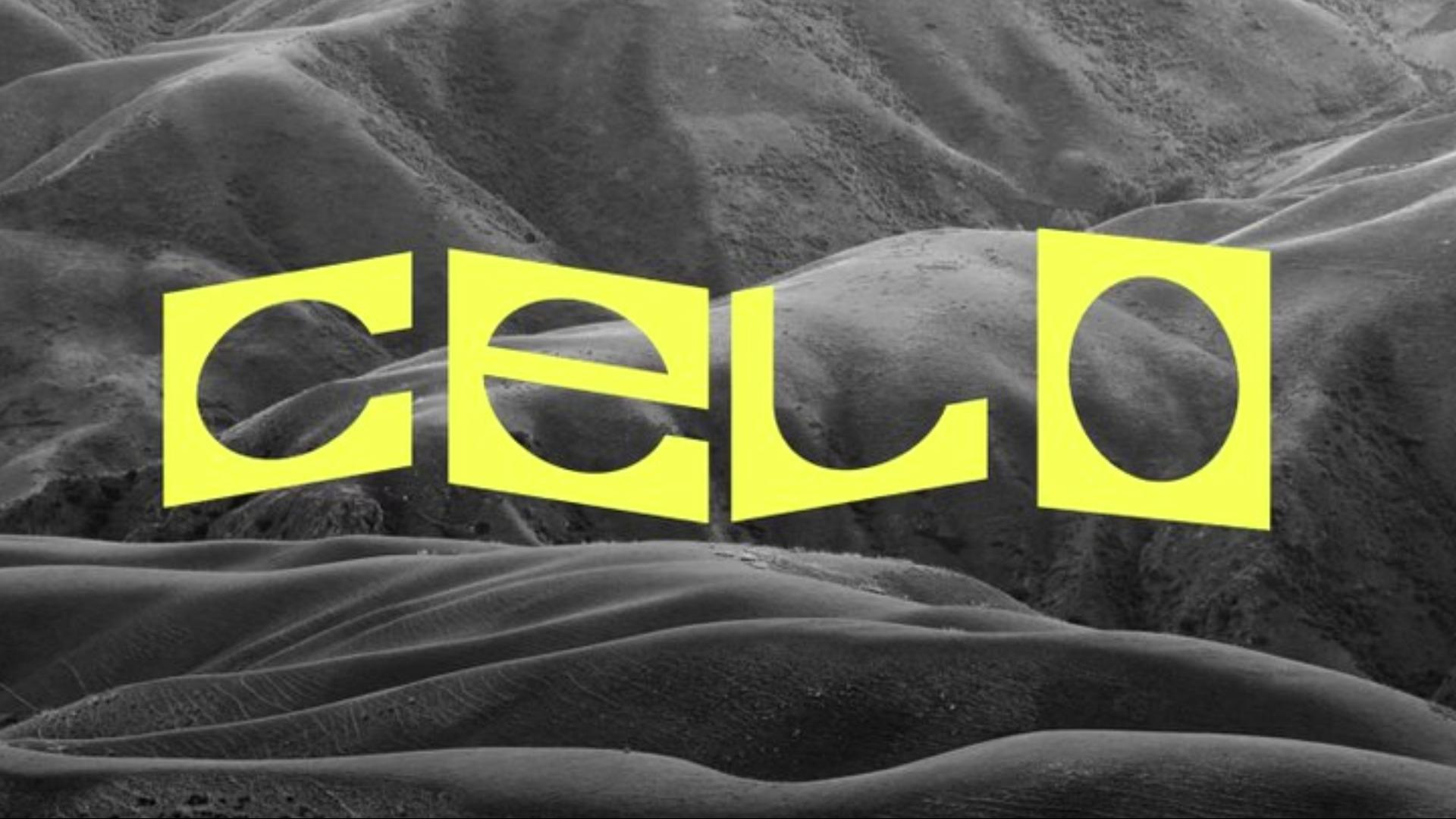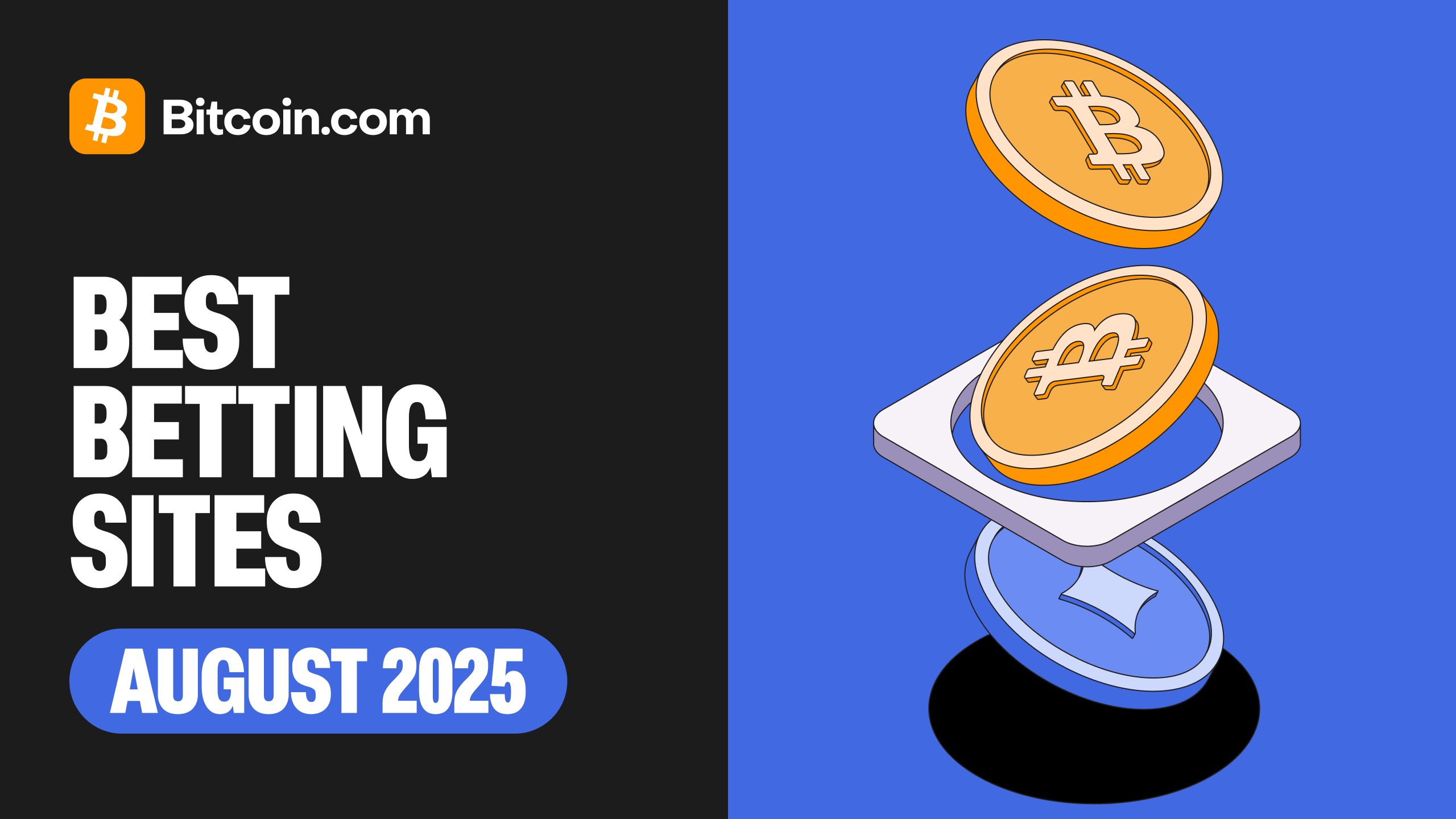Celo’s New Chapter: A Deep Dive into the Ethereum Layer 2 Migration
Introduction: A Blockchain Odyssey
In the dynamic world of blockchain, Celo, a mobile-first blockchain platform, has embarked on a significant journey. After initially launching as an independent layer 1 blockchain, Celo has recently migrated to Ethereum as a layer 2 solution. This strategic shift, finalized in March 2025, has sparked considerable interest and discussion within the blockchain community. This article explores the implications of Celo’s migration, the broader context of layer 2 solutions, and the challenges and opportunities that lie ahead.
Celo’s Journey: From Independence to Integration
Celo, designed to enable financial services for all, was launched as an independent layer 1 blockchain. However, in July 2023, CLabs, the developer behind Celo, proposed transitioning from a standalone blockchain to an Ethereum layer 2 solution (1, 5, 7). This proposal aimed to leverage Ethereum’s robust infrastructure and security while maintaining Celo’s unique features and use cases. After nearly two years of discussion and development, the Celo L2 Mainnet was activated on March 26, 2025, marking the completion of this significant migration (1).
The Transition: Celo Meets Ethereum
Celo’s transition to Ethereum Layer 2 was facilitated by the OP Stack from Optimism, enabling Celo to migrate into an optimistic rollup chain (2). This design provides stronger guarantees on finality than the current Celo implementation, offering the same 1-block finality that Ethereum provides (6). The migration allows Celo to benefit from Ethereum’s large and active developer community, driving innovation and growth.
Implications: A New Lease on Life
Celo’s migration to Ethereum Layer 2 carries several implications:
The Broader Context: Layer 2 Solutions
Layer 2 solutions, such as the one adopted by Celo, are becoming increasingly popular in the blockchain space. They offer a way to scale blockchain networks without compromising on security or decentralization. By offloading some computational work from the main blockchain (layer 1), layer 2 solutions can process transactions more quickly and at a lower cost (9).
Challenges and Opportunities: Navigating the Migration
While the migration of Celo to Ethereum Layer 2 presents clear benefits, it also poses challenges. For instance, not all exchanges supported the migration, including Coinbase (8). This highlights the need for broader industry consensus and collaboration. However, the migration also presents opportunities for innovation and growth, as demonstrated by the numerous proposals and discussions within the Celo community (10).
Conclusion: A New Era of Blockchain Evolution
Celo’s migration to Ethereum Layer 2 marks a significant milestone in the evolution of blockchain technology. It underscores the potential of layer 2 solutions to address the scalability challenges faced by blockchain networks. As we move forward, it is crucial for the blockchain community to continue exploring and adopting such solutions, paving the way for a new era of blockchain scalability and interoperability.
Sources:











